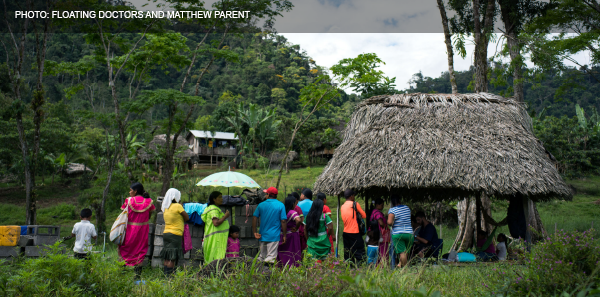
KK: So when they’re going to participate, they’re helping fund the mission and they’re also going to participate by donating their time. Is that how it works?
Explore This Issue
ACEP Now: Vol 36 – No 09 – September 2017BL: Correct. I teach a course at the University of Southern California in their global health department, and one of the lesser-known tenants of mission work is that mission work needs to give benefit both to the recipients of care and also the participants.
KK: What’s the minimum amount of time that you would expect someone to put in, and what would be the contribution you would expect?
BL: The minimum that we really require is one week, but we sometimes will take people for one day. In general, our volunteers seem to indicate that three weeks is a really good minimum time. The one-week rate is $700, and that includes accommodation and meals. Ryan, what is it for two weeks?
RM: I want to say it’s either $600 or $650.
KK: With charging that amount for a week and providing food and accommodations, there’s clearly no room for profit. What percentage do you think goes to funding the mission beyond making sure that you’re housing and feeding the volunteers?
BL: That’s a good question. When we broke it down from our taxes last year, I think 6 percent went to administrative costs, and then pretty much everything else drove the clinical program itself.
KK: I think it’s important for people to hear that because there may be some degree of skepticism.
BL: Oh, yeah, I can’t stand when I get dozens and dozens of high-gloss, laminated mailings from organizations. Come on, this looks like it costs $10,000 to actually develop.
KK: The altruistic reasons that your organization exists are the same reasons why you probably are limited on how well you can get your message out. You’re not going to spend those dollars because those dollars come from the mission and your patients.
BL: Yeah. Literally every time you have to spend money on something that’s not actually related to driving the delivery of care, it hurts. All you can think of is the patients that we have on our advanced follow-up list who need open heart surgery and so many other services. Ryan, did you want to highlight the particular value of ER doctors in this kind of mission?
RM: They’re the jack-of-all-trades and the master of when everything falls apart.
Pages: 1 2 3 4 5 | Single Page





No Responses to “Floating Doctors Volunteers Bring Patient Care to Remote Communities in Panama”